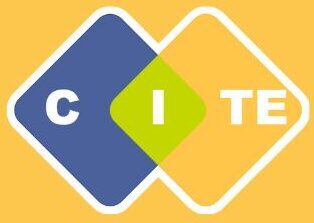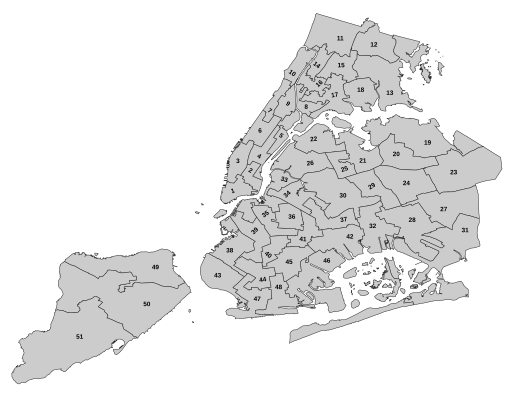This example comes with a design toolkit! Click here to access it!
The Premise
This computing integration focuses on supporting teacher candidates to engage in and teach with and through digital storytelling.
Background
Digital tools and computing have changed the nature of storytelling and literacy! There are so many ways to tell stories that persuade, entertain, express one’s identity, experiences and passions, and help one make sense of and share ideas related to the content areas. Digital stories can take the form of presentations, games, non-linear storytelling, location-based storytelling, virtual timelines, maps, infographics, and so many more! Your artifact should help teachers engage with these ideas.
Courses that would lend themselves to this integration
-
- Foundations
- To tell stories about: communities and contexts, learning and development journeys
- Methods
- To tell stories within and about content area concepts
- Fieldwork
- To tell one’s own story to support career pathways (ePortfolios, personal website etc)
- To communicate with stakeholders in school environments
- Foundations
Potential Conversations and Activities
Teaching in this area could support teacher candidates to teach and learn with and through digital storytelling.
These are ONLY ideas and suggestions for conversation topics and activities your design might engage — your teaching artifact does NOT need to include all of these!
| About computing/tech |
|
| With computing/tech |
|
| Through computing/tech |
|
| Against computing/tech |
|
Summer 2022 Professional Development Workshops Related to Digital Storytelling
- Thursday, July 14, 10am-12pm, Let Me Count the Ways! Why and How to Embed Computer Science in ELA and Literacy Methods Courses, Hosted by Tom Lynch
- Wednesday, July 20, 2pm-4pm, Split Breakout Workshops, Join Kathryn Lanouette’s Breakout
- Tuesday, July 26, 2pm-4pm, K12 Equitable CS: Practices, Implementation, and a Vision for the Future, Hosted by Shana White & Frieda McAlear






